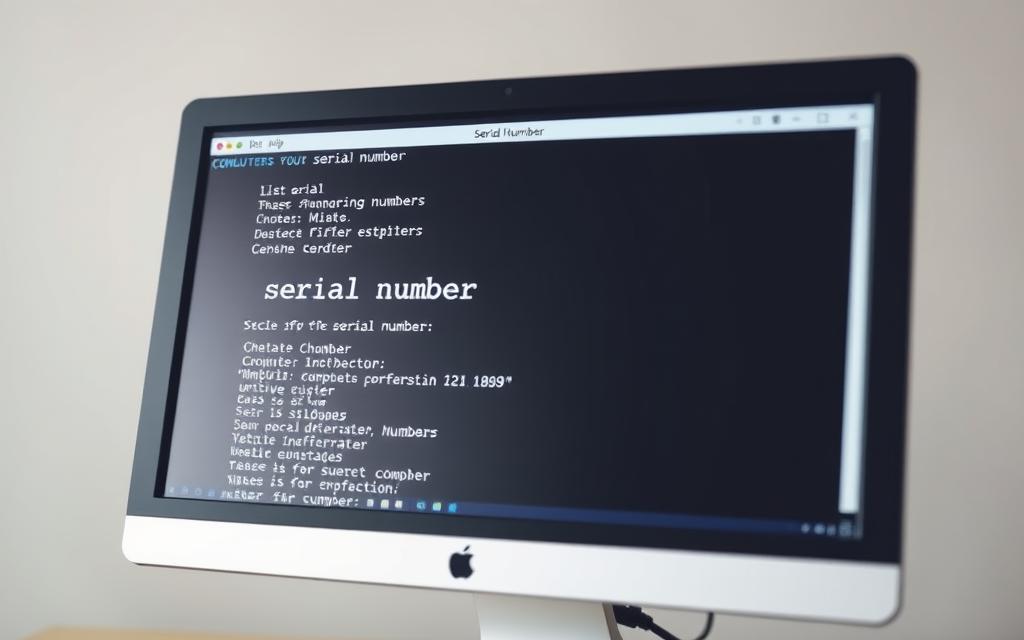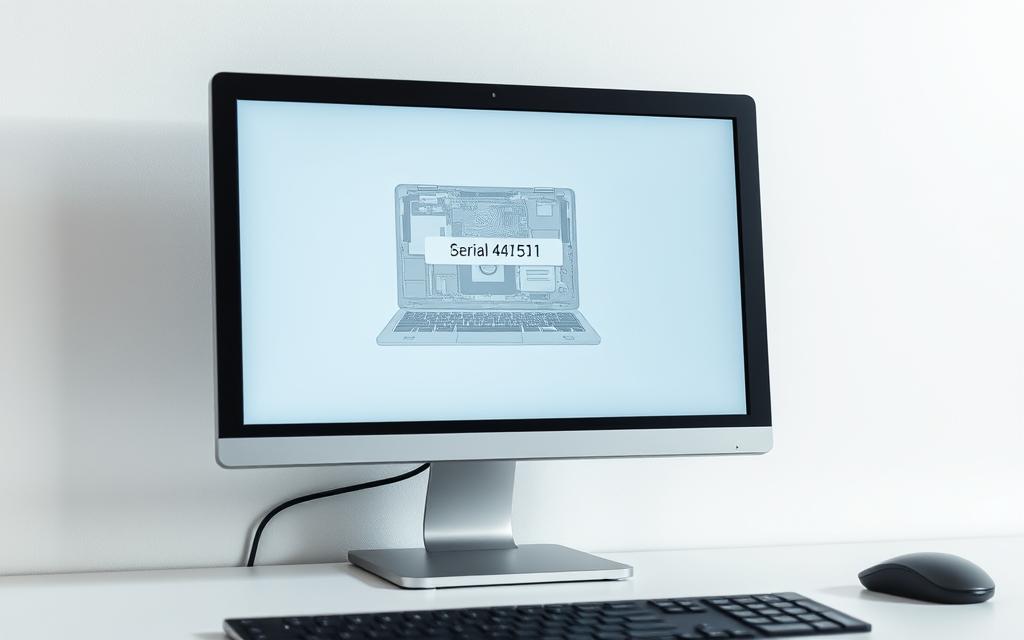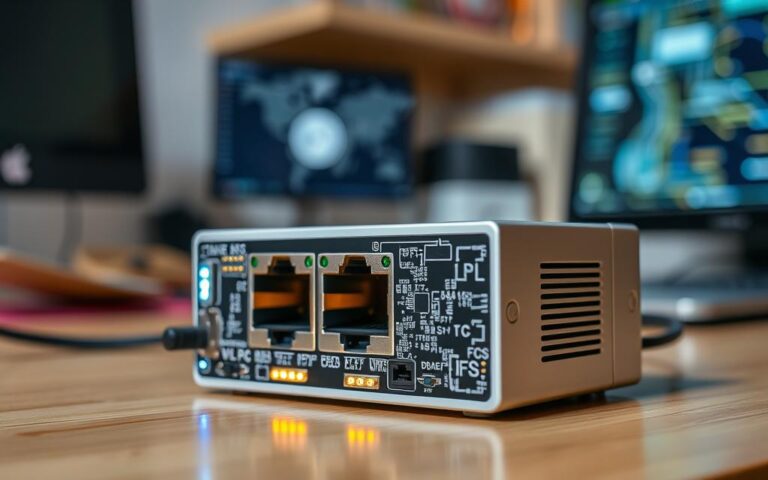Easy Ways to Retrieve a Computer’s Serial Number on a Network
Managing multiple devices in a networked environment requires efficient tracking of hardware details. One critical piece of information is the serial number, which plays a vital role in asset management and warranty claims.
For organizations with hundreds of devices, retrieving this data manually can be time-consuming. Automated methods, especially those compatible with Windows operating systems, offer a streamlined solution. These tools ensure accuracy and save valuable time.
Common challenges include remote access permissions and security concerns. Built-in features and third-party software can address these issues effectively. Proper preparation ensures smooth execution and reliable results.
Whether for inventory management or compliance purposes, having a clear process to retrieve serial number details is essential. This guide explores practical methods to simplify the task for enterprise-scale operations.
Why You Need to Retrieve Serial Numbers Over a Network
Accurate hardware data collection ensures compliance and operational efficiency. In enterprise environments, tracking serial numbers is critical for various purposes. These unique identifiers help IT departments manage assets effectively and maintain control over large device inventories.
One key reason is compliance. Many industries require detailed documentation for auditing purposes. Serial numbers provide the necessary information to meet these legal requirements. They also play a vital role in warranty validation, ensuring devices are covered under manufacturer agreements.
Theft recovery is another significant benefit. With accurate serial data, organizations can identify stolen devices quickly. This aids law enforcement and reduces financial losses. Additionally, integrating this information with IT service management systems streamlines operations and improves efficiency.
Bulk processing is a major advantage for environments with 300+ machines. Automated retrieval of serial numbers saves time and reduces errors. It also enables historical tracking, which is essential for device lifecycle management.
“Serial numbers are the backbone of effective hardware management and security.”
Network security is another critical factor. Identifying devices through their serial numbers helps detect unauthorized access. This ensures a secure environment and protects sensitive data.
| Purpose | Benefit |
|---|---|
| Compliance | Meets legal and auditing requirements |
| Warranty Validation | Ensures device coverage |
| Theft Recovery | Aids in identifying stolen devices |
| Bulk Processing | Saves time and reduces errors |
| Network Security | Detects unauthorized access |
In summary, retrieving serial numbers over a network is essential for efficient asset management, compliance, and security. It simplifies processes and ensures organizations stay in control of their hardware.
How to Get Computer Serial Number Over a Network Using Built-In Tools
Built-in tools offer a reliable way to access critical hardware data remotely. For IT professionals, leveraging native utilities like WMIC and PowerShell ensures accuracy and reduces manual effort. These methods are particularly useful for large-scale deployments, where efficiency is paramount.

Using WMIC Command Prompt
The WMIC (Windows Management Instrumentation Command-line) tool is a powerful option for retrieving hardware details. By running the command wmic bios get serialnumber in the command prompt, you can quickly access the serialnumber of a single device. This method is straightforward and requires minimal setup.
For multiple devices, adapt the script to query a list of computers. Ensure you have domain administrator privileges for seamless execution. Error handling is crucial for offline or inaccessible devices, ensuring the process remains efficient.
Using PowerShell Commands
PowerShell provides advanced automation capabilities for network-wide scans. The command Get-WmiObject win32_bios | Select Serialnumber retrieves the serialnumber efficiently. For bulk processing, combine this with Active Directory queries to scan all devices in a domain.
Exporting results to a CSV file simplifies data management. PowerShell also allows for robust error handling, addressing issues like access denied or offline devices. Compared to WMIC, PowerShell offers better performance and flexibility for large deployments.
“Automating serial number retrieval with built-in tools enhances operational efficiency and reduces errors.”
Security configurations are essential when enabling WMI remote access. Ensure proper permissions and network settings to avoid vulnerabilities. Batch files can be created for repeated use, saving time for IT teams.
In summary, both WMIC and PowerShell are effective for retrieving numbers across a network. Choose the method that best fits your environment and requirements.
Leveraging Active Directory for Serial Number Retrieval
Active Directory provides a centralized platform for managing device details in large-scale environments. While it doesn’t store numbers by default, custom configurations can extend its capabilities. This approach is particularly useful for organizations managing 300+ Windows 10 machines.
To store numbers in AD, schema extensions are often required. This process involves adding new attributes to the directory. Careful planning ensures compatibility and minimizes replication issues. Security measures must also be implemented to protect sensitive information.
Automated synchronization strategies streamline data updates. Tools like PowerShell scripts can map inventory details to AD attributes. Scheduled tasks ensure regular updates, while error handling maintains accuracy. This integration enhances overall management efficiency.
- Understand AD’s default computer object attributes.
- Extend the schema for storing numbers securely.
- Automate synchronization with inventory systems.
- Use AD as a reference for WMI queries.
- Implement security filtering for retrieval scripts.
Combining PowerShell with ADSI enables efficient data collection. Scheduled tasks can automate updates, reducing manual effort. Permission requirements for schema modifications must be carefully managed to maintain security.
“Integrating Active Directory with inventory systems ensures accurate and up-to-date hardware details.”
By leveraging AD’s capabilities, organizations can simplify the retrieval of critical information. This approach supports compliance, asset tracking, and operational efficiency in large-scale environments.
Third-Party Tools for Network-Wide Serial Number Collection
Third-party tools provide a robust solution for retrieving hardware details across networked environments. These software options offer advanced features, making them ideal for large-scale deployments. From automated discovery to detailed reporting, they simplify the process of managing machines efficiently.

PDQ Inventory
PDQ Inventory is a popular choice for IT professionals. Its free edition, recommended by Spiceworks, offers essential features like network discovery and hardware tracking. The tool supports agentless collection, reducing deployment complexity.
Key benefits include real-time monitoring and custom reporting templates. Exporting data to CSV or Excel is seamless, enabling easy integration with existing systems. For larger networks, the paid version provides additional automation and alert systems.
Goverlan and Other Alternatives
Goverlan stands out for its BIOS-level retrieval capabilities, especially for Dell and Lenovo devices. This ensures accurate serial numbers even in complex environments. Like PDQ, it supports CSV exports and integrates well with IT infrastructure.
Alternatives like NinjaOne offer comprehensive device management features. These include automated scans, historical tracking, and vendor-specific hardware support. Each tool has unique strengths, making it essential to evaluate based on specific needs.
“Third-party tools streamline hardware management, offering scalability and precision for enterprise environments.”
| Feature | PDQ Inventory | Goverlan |
|---|---|---|
| Free Version | Yes | No |
| CSV Export | Yes | Yes |
| BIOS-Level Retrieval | No | Yes |
| Real-Time Monitoring | Yes | Yes |
When choosing a tool, consider factors like deployment scale, vendor compatibility, and budget. Free versions are great for small teams, while paid options suit enterprise needs. Automation and integration capabilities ensure long-term efficiency.
Conclusion
Choosing the right method for asset management depends on your organization’s size and needs. Native tools like WMIC and PowerShell are cost-effective and integrate seamlessly with existing systems. However, third-party solutions like PDQ Inventory and Goverlan offer advanced features and scalability for larger environments.
Permissions and firewall settings are critical for secure data retrieval. Ensure proper access controls and regular audits to maintain security. For ongoing accuracy, implement automated systems and schedule regular updates.
Documentation plays a vital role in tracking information and ensuring compliance. Future-proof your system by integrating APIs for enhanced functionality. Whether for compliance, warranty validation, or theft recovery, the right approach simplifies purposes and boosts efficiency.
Start by assessing your needs, selecting the appropriate solution, and training your team. A well-planned implementation ensures long-term success in managing your hardware assets.
FAQ
What is the purpose of retrieving a computer’s serial number over a network?
Retrieving serial numbers over a network is essential for IT management, inventory tracking, and ensuring accurate device identification across multiple machines. It simplifies tasks like audits, maintenance, and troubleshooting.
Can I retrieve serial numbers without third-party software?
Yes, built-in tools like WMIC in Command Prompt and PowerShell commands can retrieve serial numbers directly from the BIOS. These methods are efficient and require no additional software installation.
How does Active Directory help in retrieving serial numbers?
Active Directory can store and manage device details, including serial numbers. IT administrators can query this data to retrieve information for all connected devices within the network.
What are some reliable third-party tools for collecting serial numbers?
Tools like PDQ Inventory and Goverlan are popular for network-wide serial number collection. They offer advanced features like automated scans, detailed reporting, and integration with existing IT infrastructure.
Is it possible to retrieve serial numbers from remote computers?
Yes, using PowerShell or WMIC commands, you can retrieve serial numbers from remote computers as long as you have the necessary permissions and network access.
Are there any risks involved in retrieving serial numbers over a network?
The process is generally safe if proper security measures are in place. Ensure you have authorization and use encrypted connections to protect sensitive data during retrieval.















